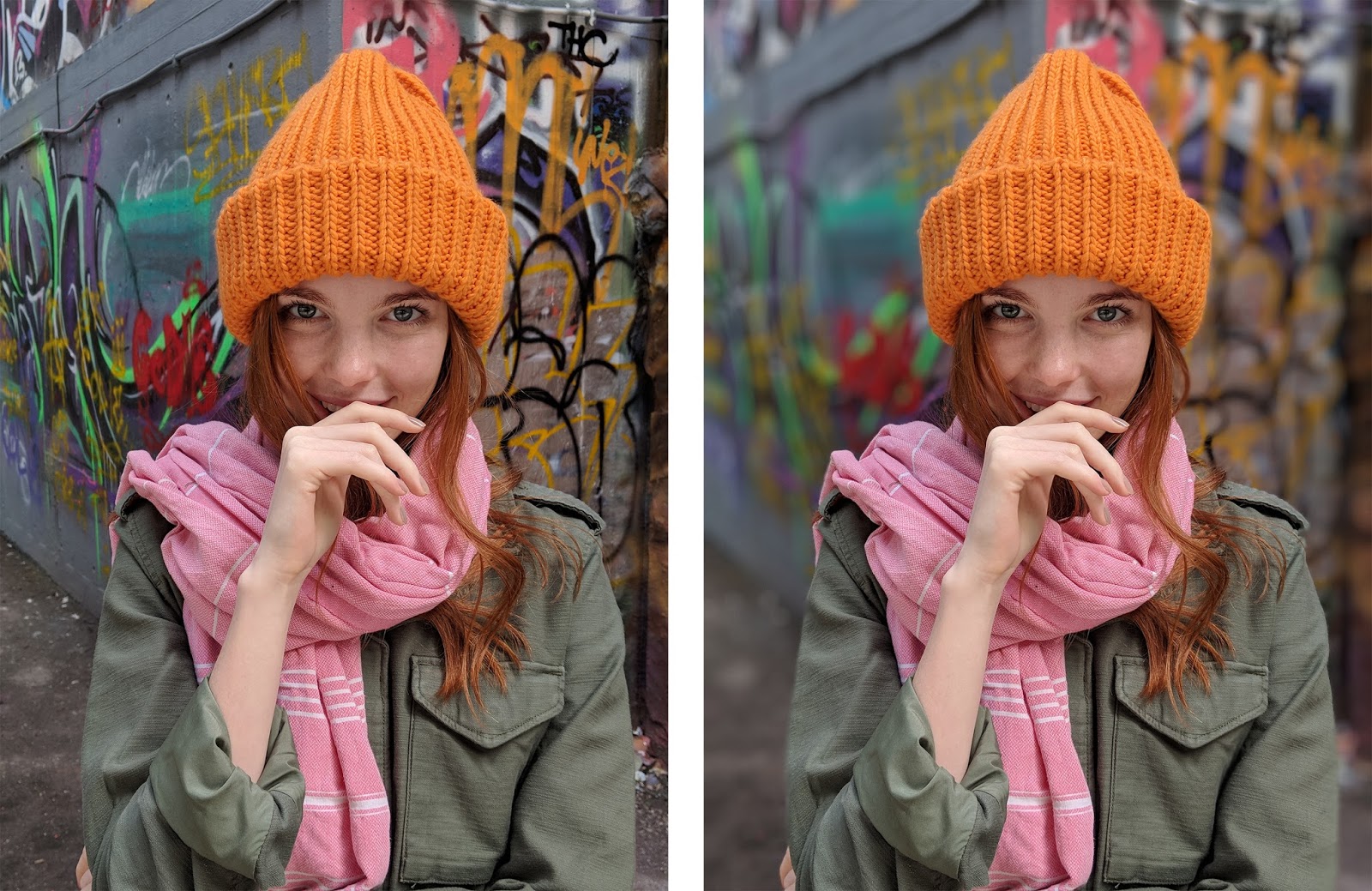If you’ve purchased a new smartphone at any time in the past few years, you’ve definitely been impressed by the camera. But how did they get such great image quality out of such a tiny sensor/lens combo? Don’t the laws of physics still apply?
In a recent post on the DPReview website staff writer Rishi Sanyal lays out the reasons “why smartphone cameras are blowing our minds.” In short, software is eating hardware.
His first example is Google’s Pixel 2, which offers HDR capture that instantly blends of up to 9 frames into a single, impossible shot. And, because it’s capturing 9 frames, the camera is able to average the shots to even out noise, and offer image quality similar to sensors 9 times its size.
But it’s not just the computing that makes the difference—the Pixel 2 is also also making smart use of depth sensing. As Sanyal explains, Google’s phone offers a stereo capture, using the “split pixels” on its sensor to gather depth information. Though the two perspectives are less than 1mm apart, they can produce “an optically accurate lens blur.” It’s not just a background blur, either, the system actually adjusts an object’s blurriness according to its distance from the sensor. Sanyal calls it a “progressive blur based on depth.”
(See Google’s blog post here for a nearly obscene amount of detail.)
What about the iPhone X portrait mode? To my eyes, Apple is less effective at generating realistic optical blur than Google, but it has another trick up its sleeve: portrait lighting. The latest iPhone’s software uses its breathlessly hyped 3D face-capture technology to capture and build a model of your subject’s face, and then gives you the option of applying different lighting schemes. Want it lit from the left? Go for it. The right? Underneath? Whatever you want.
Here’s a great video illustration of the huge difference lighting can make when you’re taking a portrait.
For a great in-depth review of the latest in computational photography, check out DPReview’s original article here. (Bonus: Look at a few of the camera reviews, and dig into the comments section. You’ll find a group of people that like to argue about minute differences in hardware specs even more than 3D-tech users.)






